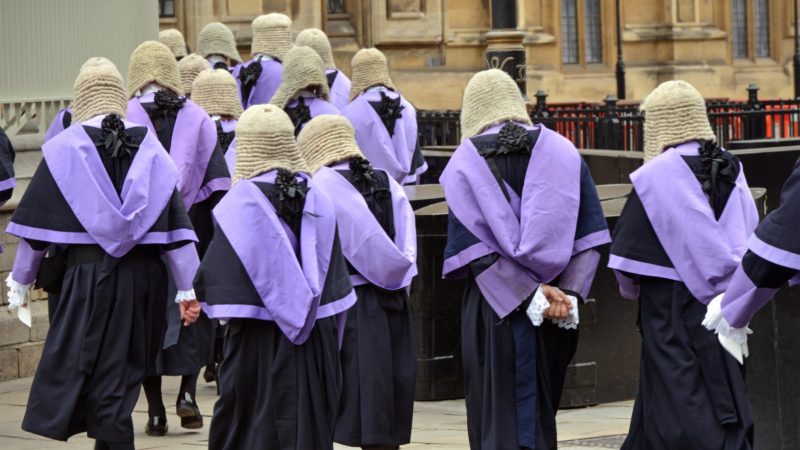Editor’s Note: In this post, Shreenath Khemka points out the shortcomings of the currently available disciplining mechanisms to regulate the judiciary. As proposals, he suggests using contempt proceedings, the use of the General Clauses Act for penalties and the writ of ‘Scire Facias’ instead of the arduous removal proceedings under 124(4) of the Constitution.
The hope that institutions shall be infallible was never aloof of the pragmatism that men are corruptible. As far back in the 1700s, Hamilton and Madison had espoused the need to eighty-six the bad apples from the bunch. Adopting the broader framework of the Federalist Papers, our Constitution acknowledged that rogue elements would precipitate and be filtered through removal proceedings under Article 124(4). However, removal proceedings as shown in cases of Justices V. Ramaswami and S. Sen are white elephants; cumbersome, slow, and frustrable.
Since 2018, Justice S. N. Shukla of the Allahabad High Court has been kept without a roster, for allowing a private medical college to admit students despite a Supreme Court ban. In early 2019, it was revealed that the Chief Justice of India had written to the Prime Minister recommending the removal of Justice S. N. Shukla after his indictment was vindicated by a 3-member Enquiry Committee. It was held that Justice Shukla had “disgraced the values of judicial life, acted in a manner unbecoming of a judge, lowered the majesty, dignity, and credibility of his office”. However, other than keeping a man without work, the institution was mute.
The strength of institutions lies in their ability to adapt to the times, especially in their capability to tackle new challenges. Merely relegating to arduous removal proceedings, or meekly shaming the Judge through the prerogative over the roster, are inept measures. There are preexisting tools that can be used to substantively rectify rogue elements, rather than doing lip service.
First, the power to check for contempt under Articles 129 and 215, is a relatively unexplored disciplining mechanism. Other than the isolated conviction of Justice Karnan in 2017, there has been no exercise of this power for a sitting judge. Considering the damning findings of the Enquiry Committee, it would be safe to argue that Justice Shukla could be in contempt of his own Court as well as the Apex Court. Especially because the Office and not the occupant is sacrosanct, therefore arguments for contempt action are both pragmatic and principled.
Second, the concern about securing judicial independence from executive interference does not impinge on its ability to regulate the behavior of its members. Like any collegiate, the judicial institution can adopt principles in the General Clauses Act 1897 to impose penalties lesser than removal—deduction of pecuniary benefits, suspension, reduction of seniority, foreclosure of pension, cashiering of judicial title.
Third, introspective thought would yield the re-discovery of long lost Writ measures. The English had developed the Writ of Scire Facias as a judicial mechanism for removing Judges and court officers on proven misbehavior. It was a seldom-used Writ which failed to find its mention in the Blackstone Treatise, therefore not finding its place among the Indian courts. In the United States, Scire Facias was restricted by the Federal Rules of Civil Procedure but still operated through a civil action. Its re-adoption in India could enable the courts to hear legitimate public grievances on judicial misconduct.
Arguably, the Montesquian more of institutional independence would espouse Parliamentary prerogative through removal proceedings, however, collegiate self-disciplining by the judiciary is in furtherance of institutional self-independence. With rampancy of judges engaging in misconduct in and outside their tenures, it is important for the courts to formally adopt disciplining Rules, rather than play a game of ‘who bells the cat’.
Shreenath Khemka is an Advocate and has completed his LLM from the University of Cambridge.








Leave A Comment